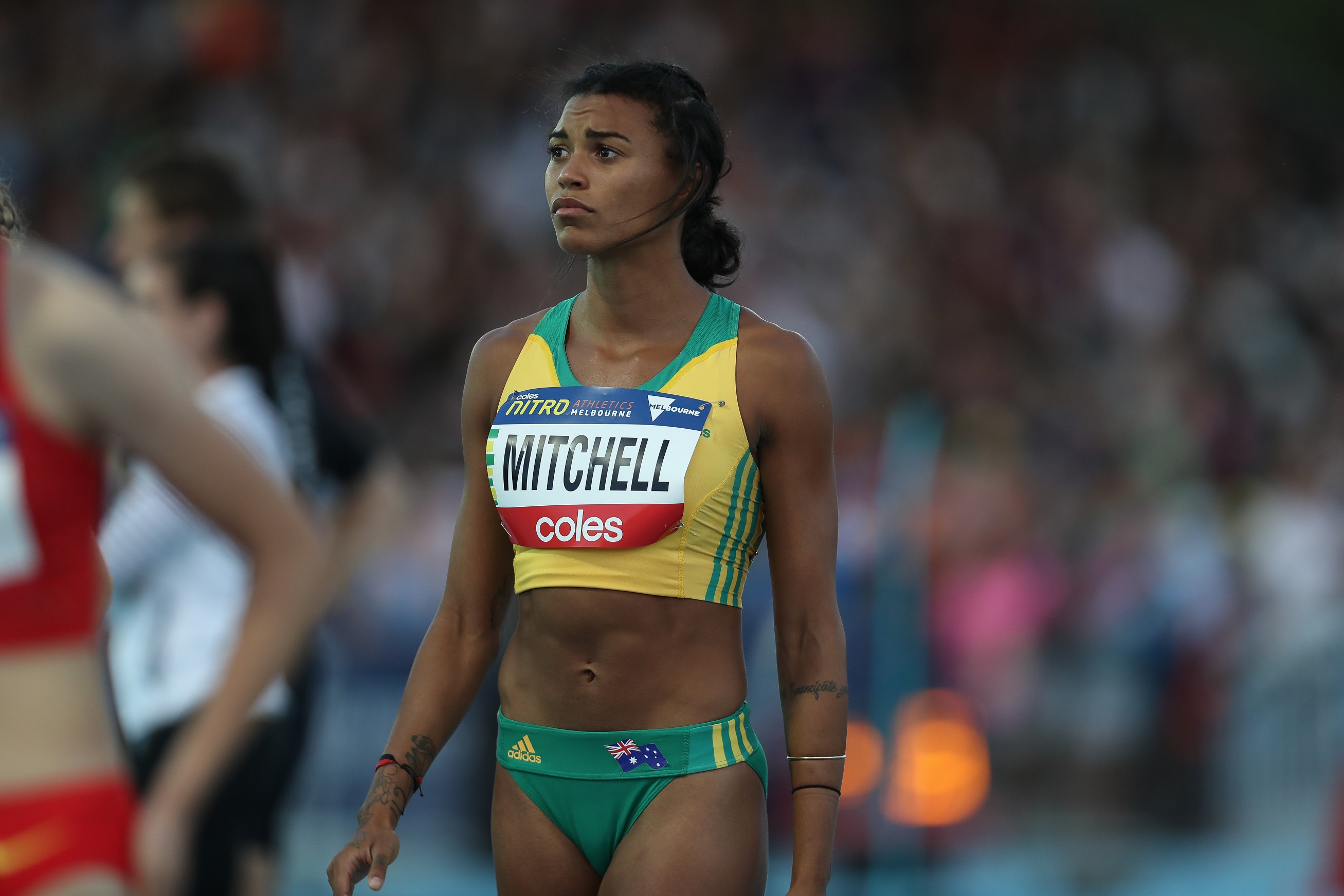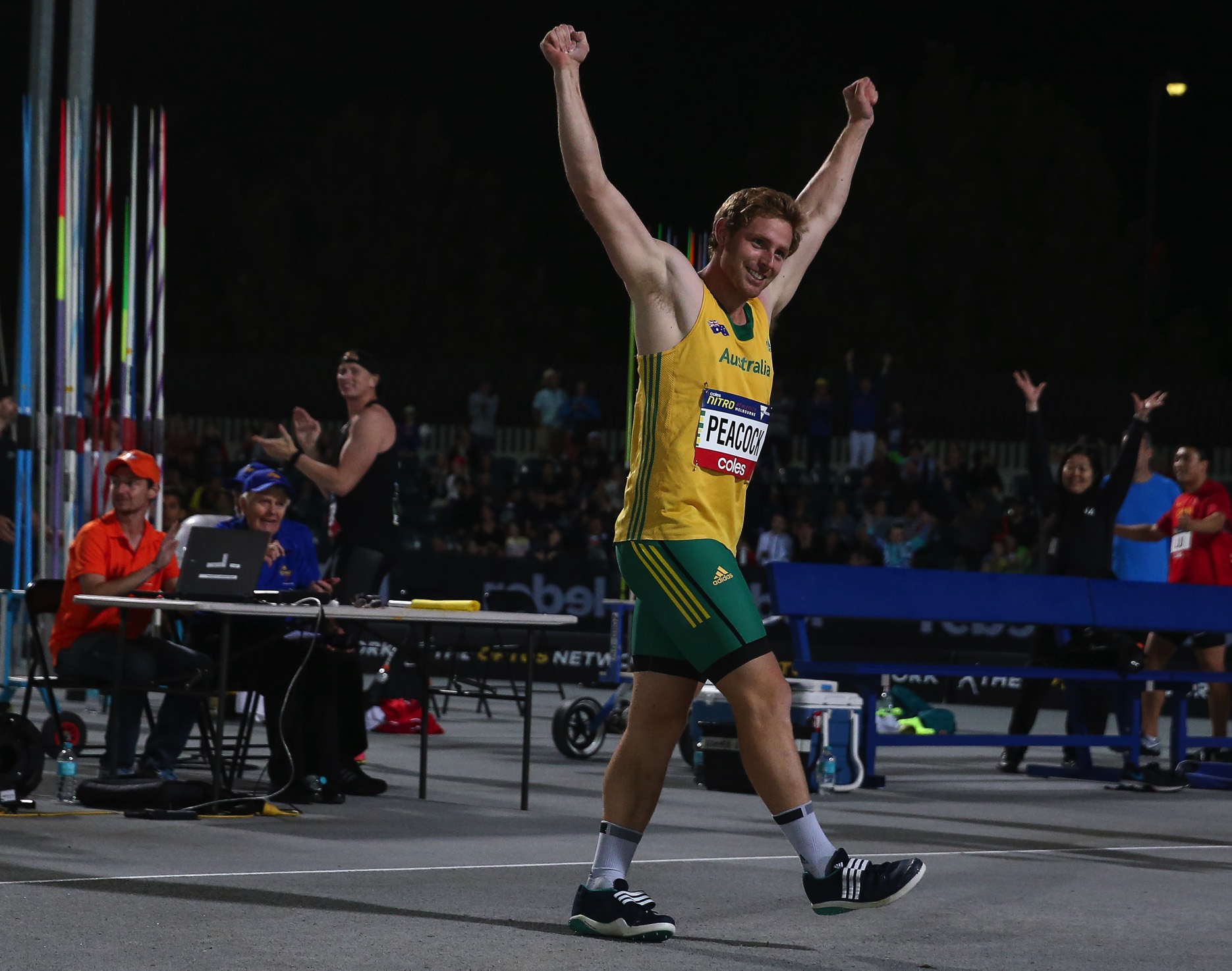A Column By Len Johnson – Runner’s Tribe
Being a selector is often a thankless task – literally, in the sense that not many of those selected ever think to say ‘thank you’, and, figuratively, in the sense that it is bloody hard work.
So perhaps it is fitting that the group which will have least to do at the national championships at the end of the month is likely to be the selection panel. As things stand, it looks like it could be a pretty quick meeting. Blink, and you’ll miss it; arrive late and the rest of the panel may have finished without you – that sort of thing.
A combination of factors including a shorter qualifying window, a foreshortened domestic season and the selection of some athletes having already been announced, could see a relatively small number of athletes eligible to be named when the selectors announce their initial squad at the end of the championships.
At this stage, fewer than 10 athletes can be named in the team for London 2017. Unless there is a slew of qualifiers at both this weekend’s summer of athletics meeting in Canberra and the nationals in Sydney at the end of the month, that number will not grow by that much.
Four athletes have already been selected after the 20km walk championships in Adelaide last month. Winners Dane Bird-Smith and Regan Lamble earned automatic selection, while runners-up Rhydian Cowley and Beki Smith joined them as discretionary picks.
At this stage, those looking likely to join them are the small group who have qualified in the domestic season, or had a qualifier coming into it.

Pole vaulter duo Kurtis Marschall and Nina Kennedy, shot putter Damien Birkinhead, javelinist Hamish Peacock, 400 runner Morgan Mitchell and discus thrower Dani Stevens (nee Samuels) are the only athletes (so far) to qualify in the domestic season, Fabrice Lapierre is a wildcard entry as winner of the 2016 IAAF Diamond League race in the long jump, Cedric Dubler has a qualifier in the decathlon as does Rio Olympic stand-out Eloise Wellings in the 10,000 metres.
Assuming all are named in the initial squad, that leaves a minimum 13 names in the team come the end of the nationals. By way of contrast, there were 35 confirmed to the Rio team at the end of last year’s championships, 28 from the titles joining seven already selected in the walks and 10,000.
Of course, more will qualify in Canberra and Sydney, but it is hard to see the numbers matching last year’s. (Nor will the post-nationals selection be swelled by relay squads with qualification largely based on performances at the World Relay Championships in the Bahamas next month.)
What is making things so much more difficult this year than last. Well, for a start, there is the qualifying window. The IAAF sets the qualifying period for the world championships as from 1 October the previous year. This year’s window opened on 1 October, 2016 (1 January for marathon, road walks, multi-events and the 10,000).
For the Olympics, the period opens on 1 May of the previous year. For Australians, this means that performances leading up to, at, and after the Beijing 2015 world championships fell within the qualifying period. For London 2017, performances at the Rio Olympics are excluded.
This is not new, however, it has been the case since the 2009 world championships.
What is new, is the shrinking of the Australian domestic season due, largely, to the Sports Commission decision not to fund domestic competition on the grounds that it was not an essential part of world championships preparation (no, seriously). That’s why the summer of aths 16-17 shrunk from a series to Canberra-plus-nationals. The state championships were supposed to pick up some of the slack, but it didn’t work out like that.
Some athletes just can’t help but qualify. Kurtis Marschall, who narrowly missed the final in Rio, cleared a qualifier 5.70 in the SA state titles. Nina Kennedy did likewise in the WA women’s vault while Dani Stevens threw a qualifying 66.78 in the NSW titles at her first appearance for the season. Morgan Mitchell opened with a qualifier in the 400 at the Hunter Track Classic, while Birkinhead and Peacock got theirs in throwing competitions.

Canberra offers strong fields and favourable conditions for many events, though sadly not the 5000 metres the national titles for which, in an ill-judged decision, are being held in the national capital because of the clash of nationals with world cross-country.
Warm weather and a fast track offer favourable conditions for the sprints and jumps, however, and the moderate altitude which, historically, has detracted from good distance times, offers a boost to the 400 and 800.
It may all work out better than expected, of course, but it seems there will be fewer athletes than usual qualified for London selection at the end of the domestic season than in recent years and more chasing qualifiers in the US and Europe. Whether that turns out to be a good or bad thing in the longer term remains to be seen.
